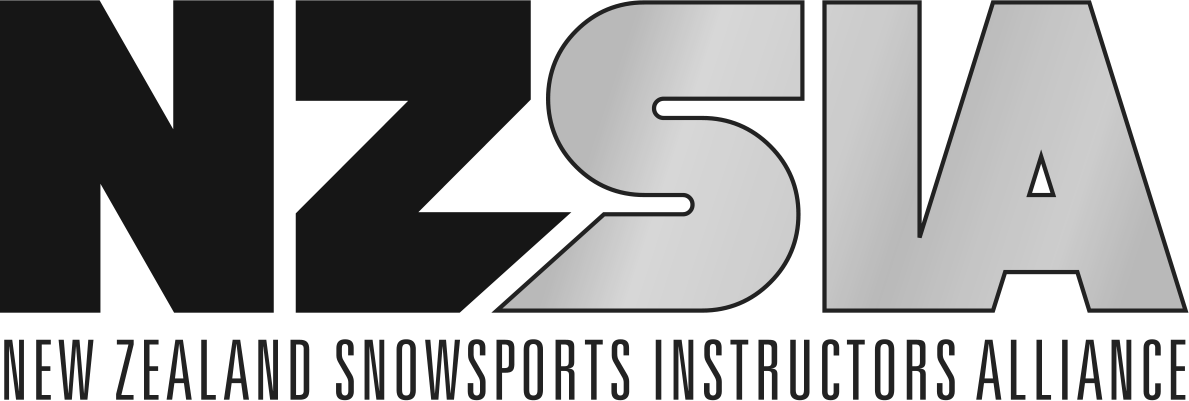By Ben Adams, 2007.
Often, ski racing turns will be completed with less than perfect form as function (skiing fast) is more important than looking pretty, however a good skier makes for a good ski racer and good form should be strived for in training as well as training for speed. A skier with cleaner mechanics will be better balanced, usually faster and more likely to finish the course.
There are some differences in skiing at speed. For example the body will travel further inside the turn than at slow speeds and also the skier will try to stay skeletally aligned to manage the greater forces which are generated at speed. This will tend to lead to a stance which will be more forward and with a long outside leg. Following is a brief description of what goes on in a racer’s turn, I will focus on the lateral plane, particularly inclination as this will be greater at speed.
The racing turn
At the end of the previous turn the mass is already being projected into the new turn with the pelvis directed slightly downhill in the direction of travel. This aids the steering forces applied to the skis and allows the skier to be in perfect skeletal alignment with minimal stress on the joints. This projection of the mass (inclination) also helps with engaging the tips of the skis allowing the skier to bend and guide the skis into the fall line.
The body inclines into the fall line. At the fall line the body should be inclined with the feet, hips and shoulders pointing straight down the hill with as little lead change as possible. Often ski racers do not show lower-leg symmetry through the first half of the turn, however once the fall line is reached the ankles and knees are driven into the turn increasing the edge angle and thereby the pressure on the skis. Focus is paid to the inside leg driving it in to gain symmetry with the lower legs through the end of the turn. The pressure will decrease at the end of the control phase, as the skier’s mass is already moving down the hill into the next turn as the skis are continuing to be steered underneath thereby reducing the edge angle. The pressure phase is very brief in the turn, lasting only from the fall line to the end of the control phase. The remainder of the turn is spent just redirecting the skis and making sure that they are in the correct position and that the body is where it needs to be so that when the skis are pressured they will come back under the body and into the next turn.
The racers of the past, while using straighter and longer skis, predominantly use knee and hip angulation in order to produce edging in the turn. Modern technique executed on the shorter skis with a larger side cut has led to more use of inclination, with angulation being used predominantly after the fall line, there is a small degree of angulation before the fall line in order to maintain balanced inclination, but if the skier angulates too early in the turn, they get too much edge angle at the start of the turn and can no longer keep edging progressively and become static. A skier who can deliver his center of mass from start to finish through the straightest, most direct path has the tightest possible line. A racer who can turn most cleanly while holding the tightest line throughout the course will have highest overall speed.
In our world
In ski instruction we are trying to present the best picture we can to our students, so they have a good visual image to copy. Some ski instructors dismiss what goes on in ski racing as a separate entity, however I believe we can all learn by watching ski racing; after all the racers demonstrate the ultimate in ski performance and the most efficient use of their equipment.
